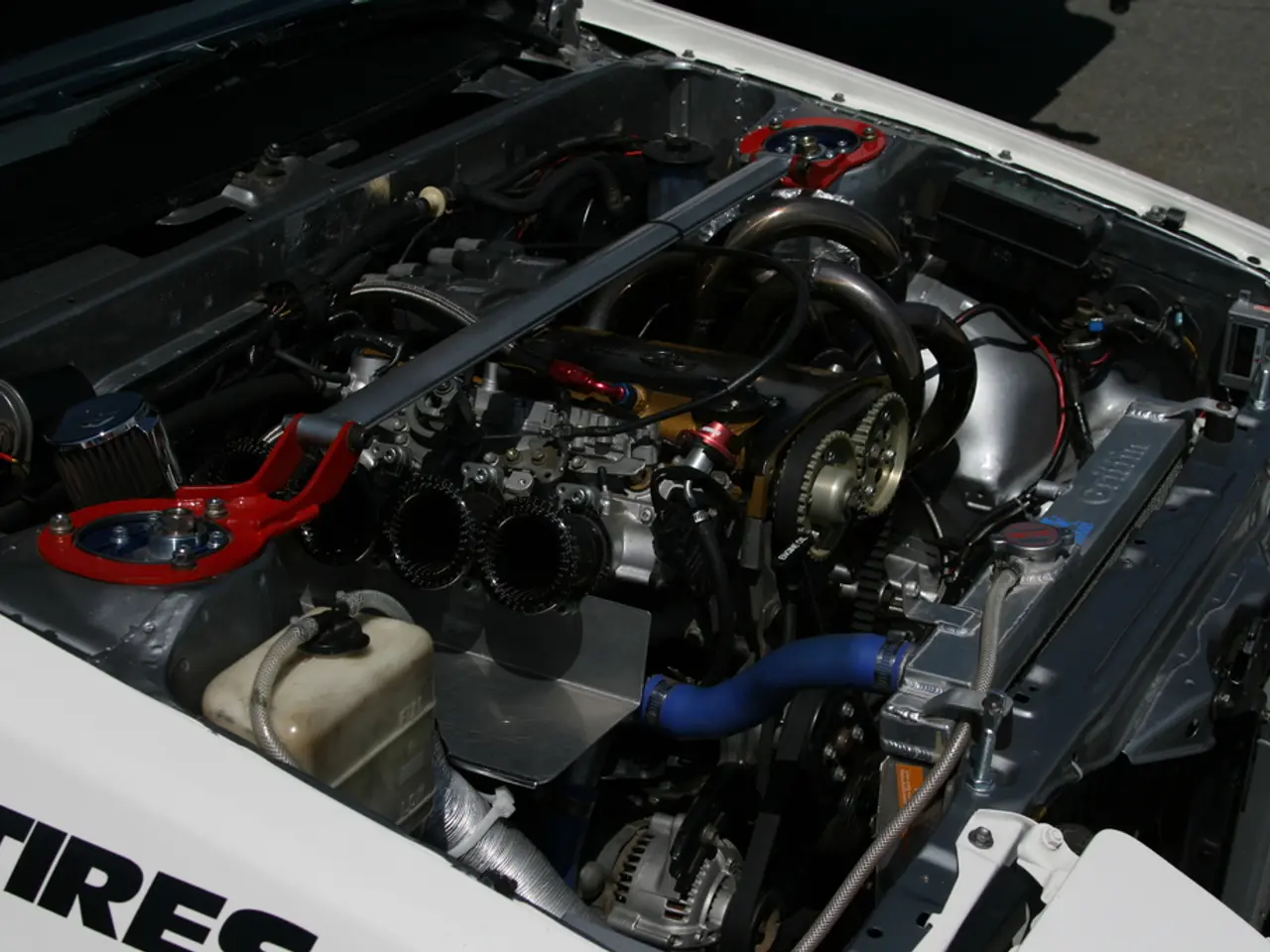Picking the Right Lithium Battery for Your Inverter: A Guide
When it comes to powering your home or off-grid setup with a reliable and efficient energy storage solution, selecting the right lithium battery for your inverter system is crucial. Here are some key factors to consider when making your decision.
Voltage Matching
Ensure that the battery’s nominal voltage matches the inverter’s operating DC voltage range. Lithium battery systems and inverters come in low-voltage (e.g., 40–60V DC) and high-voltage (e.g., 100–1500V DC) configurations. Selecting a battery whose voltage fits the inverter input range avoids damage and optimizes performance.
Power Requirements
Match the battery’s capacity (in Ah or kWh) and maximum continuous discharge current to the inverter’s power rating. The inverter’s peak and continuous power ratings dictate the necessary battery output. Oversizing or undersizing can cause inefficiency or system instability.
Communication Protocols
Lithium battery systems incorporate Battery Management Systems (BMS) that communicate with inverters for real-time monitoring and control. Choose batteries with BMS firmware optimized and tested to be compatible with the inverter’s communication protocol (e.g., CAN, RS485), ensuring synchronization of charge/discharge cycles, safety cutoffs, and data exchange. Compatibility testing with mainstream inverter brands (e.g., Victron, Growatt, SMA) is recommended.
Installation Type
Determine if the system is for residential, commercial, off-grid, or grid-tied use, since inverter and battery requirements vary by scale and application. Consider plug-and-play solutions for easier installation or modular options for scalability.
Capacity & Application Needs
Select battery capacity based on expected energy storage needs, autonomy time, and discharge duration. Batteries with appropriate capacity and discharge rate ratings will ensure sustained inverter load support without excessive depth-of-discharge that degrades lifespan.
Additional Considerations
- Review inverter documentation for compatible battery chemistries (most solar inverters specify compatible battery types such as lithium-ion).
- Check setup guidelines (wiring, DIP switches).
- Ensure technical support availability for troubleshooting.
Space Constraints and Installation Environment
Space constraints and installation environments play a major role in battery selection. When deciding between wall-mounted and stack-mounted batteries, factor in your available space, capacity requirements, and whether you may need to expand your setup in the future.
Monitoring Features
Battery communication and monitoring features can provide valuable information about the battery’s performance, such as state of charge, voltage levels, and temperature. These features can help optimize battery usage and extend its lifespan.
Specialised Applications
For RV and mobile systems, space-saving batteries with Bluetooth monitoring and compact design are preferred for easy access and flexibility. Off-grid cabins or hybrid homes may require stackable lithium batteries for scalable storage to support larger loads and longer autonomy.
Modern Lithium Batteries
Modern lithium batteries often come with smart communication protocols, such as RS485, CAN, or Bluetooth, for seamless integration with inverters and solar controllers. Poor pairing of a battery and inverter can lead to issues like insufficient power delivery, shortened battery life, or inefficient charging/discharging cycles.
Investing in the Right Lithium Battery
Investing in the right lithium battery, considering all the above factors, will pay off in performance, safety, and long-term savings. Lithium batteries, such as LiFePO4, are a popular choice for inverter-based systems due to their consistent voltage output, longer cycle life, lightweight design, and improved depth of discharge.
By carefully considering these factors, you can ensure a compatible and efficient energy storage solution for your inverter system, providing reliable power for your home or off-grid setup.
- To optimize the performance of a home-and-garden setup, consider investing in a lithium battery with smart communication protocols like RS485 or CAN, ensuring seamless integration with technology like inverters and solar controllers.
- Modernizing your lifestyle by adopting a lithium battery system for your home-and-garden setup not only contributes to a reliable energy storage solution but also offers advantages such as compact design, smart monitoring features, and improved lifespan.




